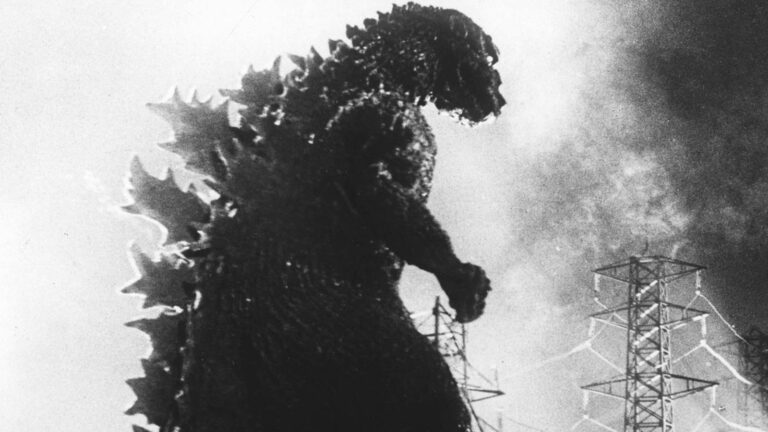Classic sci‑fi cinema gave audiences some of the era’s most enduring monsters. From alien invaders to prehistoric horrors, these creatures defined mood, design, and scale. This reimagined ranking highlights ten standout beasts that helped shape the genre’s iconography.
Martian Invaders (The War of the Worlds, 1953)
The Martians in this film appear slender and otherworldly, with elongated fingers and glassy eyes that catch the light in color‑rich images. Their design stands out even when screen time is brief, leaving a lasting impression of cold, distant menace.
The Tingler (The Tingler, 1959)
William Castle’s sci‑fi crossover leans into theater tricks, but the creature itself—an unseen parasite that clings to spines when fear spikes—delivers genuine unease. The practical effects give it a tactile, memorable presence.
The Metaluna Mutant (This Island Earth, 1955)
On Metaluna, a blue‑silver antagonist with a bulbous head and clawed digits dominates the climax. Its silhouette and color work pop against the film’s vivid production design, even if the plot remains the real focus.
Morlocks (The Time Machine, 1960)
Underground dwellers with beady eyes emerge to stalk the protagonists, turning the story toward dread as the future unfolds. The look is striking, and the performances sell the menace despite some outdated effects.
The Thing (The Thing From Another World, 1951)
Thawing from ice, the alien threat is a brutish presence that favors restraint over sheer showiness. Its silhouette nods to classic monster lore while delivering a stark sense of danger.
Giant Ants (Them!, 1954)
Radiation‑fueled giants march from the ground, and the practical effects sell their scale. The result is suspenseful creature cinema that still feels credible decades later.
The Beast (The Beast From 20,000 Fathoms, 1953)
A prehistoric terror awakened by atomic testing, the Beast helped launch a wave of giant‑monster cinema. Its influence endures, though the creature’s on‑screen look is more about era than innovation.
Fiend Without a Face (1958)
British sci‑fi horror blends thought‑wave science with a body horror concept: sentient brains with spines and eye stalks. The film uses the reveal to great effect, maintaining a distinctly offbeat vibe.
The Blob (The Blob, 1958)
A shapeless, growing mass prowls a small town, expanding as it consumes stops and starts. Its simplicity amplifies dread and gives the movie a cheeky, memorable charm.
Godzilla (Godzilla, 1954)
The atomic‑age giant from Japan became a landmark figure in screen monsters and a sobering meditation on nuclear anxiety. Godzilla’s enduring silhouette reshaped how audiences imagine colossal creatures.
Collectively, these creatures left an imprint on the genre and inspired generations of giant‑monster cinema to come.
Source: Original article



